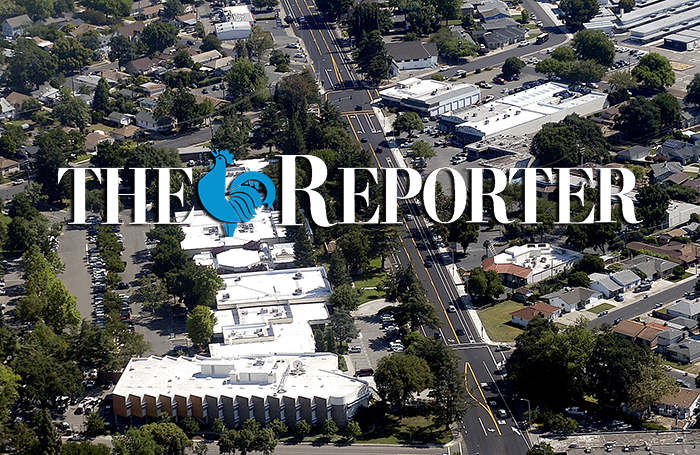The ongoing federal government shutdown has led to the suspension of critical food assistance programs, leaving millions of Americans at risk of hunger. As of November 1, 2023, benefits from the Supplemental Nutrition Assistance Program (SNAP), which supports approximately 42 million individuals nationwide, have come to a halt. For the residents of southeastern Minnesota, this suspension poses a dire threat, with thousands facing the possibility of food insecurity.
The average SNAP benefit provides qualifying households with around $356 per month, with some families receiving as much as $975 depending on their size and income. In total, the federal government distributes about $9 billion monthly in SNAP funds. The cessation of this financial support means that nearly 5,900 households in Olmsted County alone will lose an average of $288 each month. Additionally, the Women, Infants, and Children (WIC) program will also be affected, cutting off approximately 3,000 clients of vital nutritional assistance.
The impact of these benefit cuts extends beyond individual households. In Olmsted County, the combined loss from SNAP and WIC could result in nearly $2 million in lost food assistance. Similar losses are anticipated across nearby regions, including Dodge, Fillmore, and Mower counties, where thousands of families will struggle to afford groceries.
Recognizing the urgent need for support, Minnesota Governor Tim Walz has pledged $4 million in emergency funding for food shelves throughout the state. The Olmsted County Board has also committed $200,000 from its contingency fund to support Channel One Regional Food Bank in Rochester. This food bank faces an uphill battle, as officials estimate they will require an additional $200,000 in November alone to meet the expected surge in demand.
While local organizations are mobilizing to address this crisis, the resources available may fall short of the growing needs. County officials and charitable organizations have been preparing contingency plans in anticipation of the shutdown’s effects on food assistance programs. Now, those plans must be put into action.
It is imperative that local governments and charitable organizations collaborate to maximize available resources. If necessary, municipalities should combine efforts to ensure that as many individuals as possible receive assistance. As the situation intensifies, the call for community support becomes more urgent.
For many residents, the implications of the shutdown may feel distant. Paychecks continue to flow for some, and pantries remain stocked. Yet, for those who rely on food assistance, the reality is stark. This disconnect highlights the importance of community involvement in tackling food insecurity.
Residents are encouraged to respond proactively. When Channel One reaches out for donations this month, consider contributing what one might typically spend on a night out. Immediate support can also be extended by clearing pantry space for non-perishable food donations or making monetary contributions directly through food bank websites.
While individual generosity and charitable initiatives can provide temporary relief, they are not substitutes for the structural safety nets that federal programs like SNAP and WIC represent. The responsibility lies with elected officials to maintain these essential services. If they fail to do so, voters must hold them accountable.
As the situation develops, the need for action is immediate, and hunger is not a future concern; it is a present reality. Individuals and communities must come together to support those in need. Every effort counts in the fight against hunger during this critical time.







